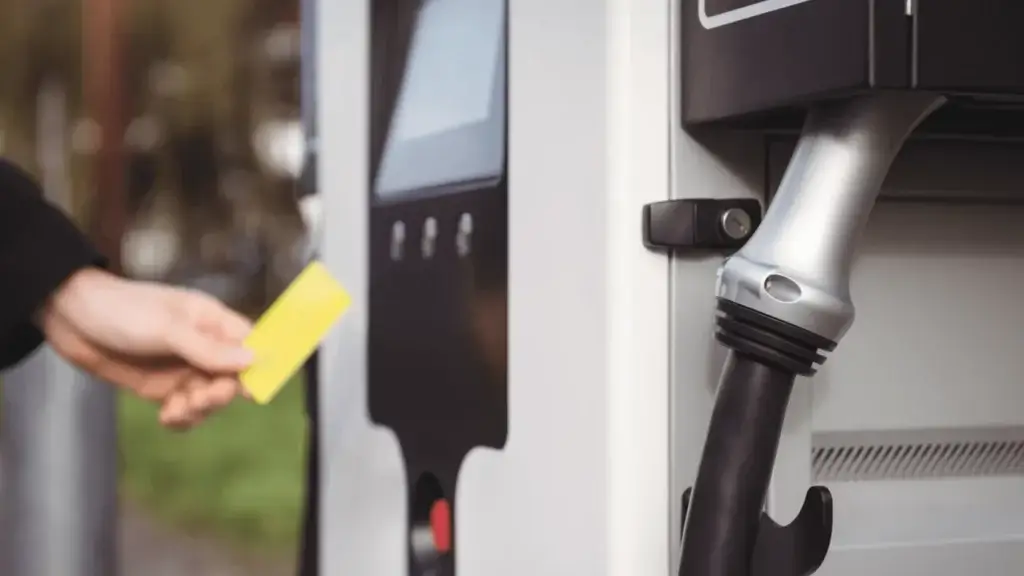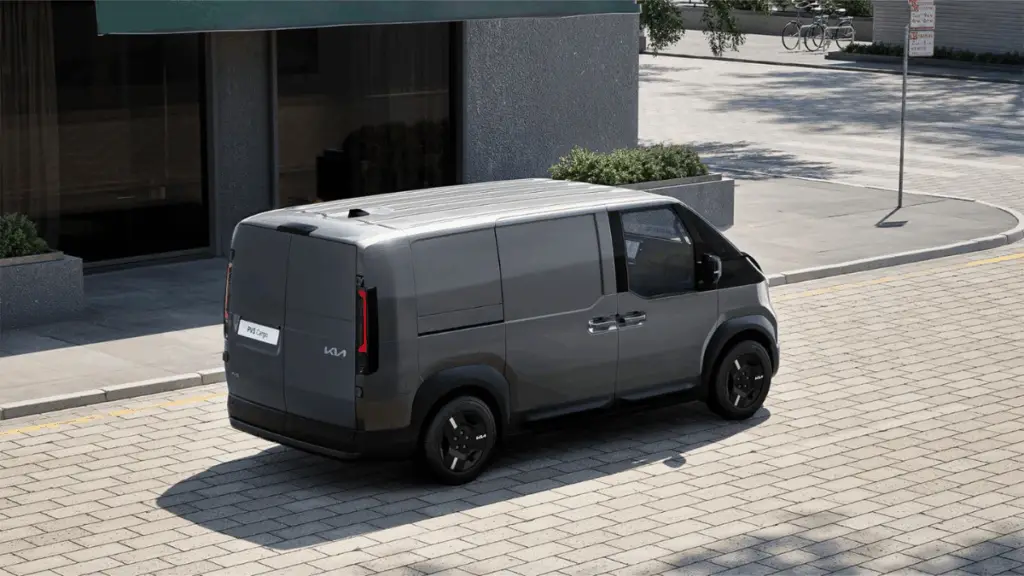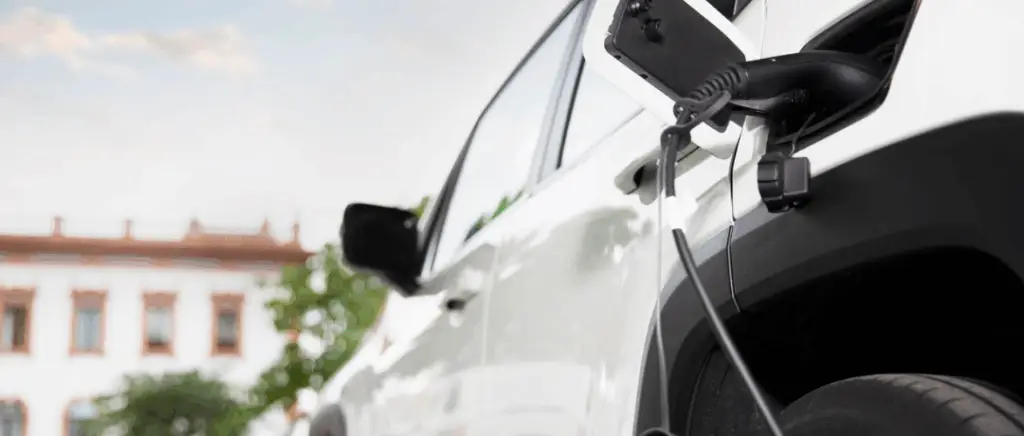Get the Beev Recharge Card!
Thanks to our card,recharge your electric car with ease at all the charging points available in Europe.
Find terminals : Chargemap the essential application
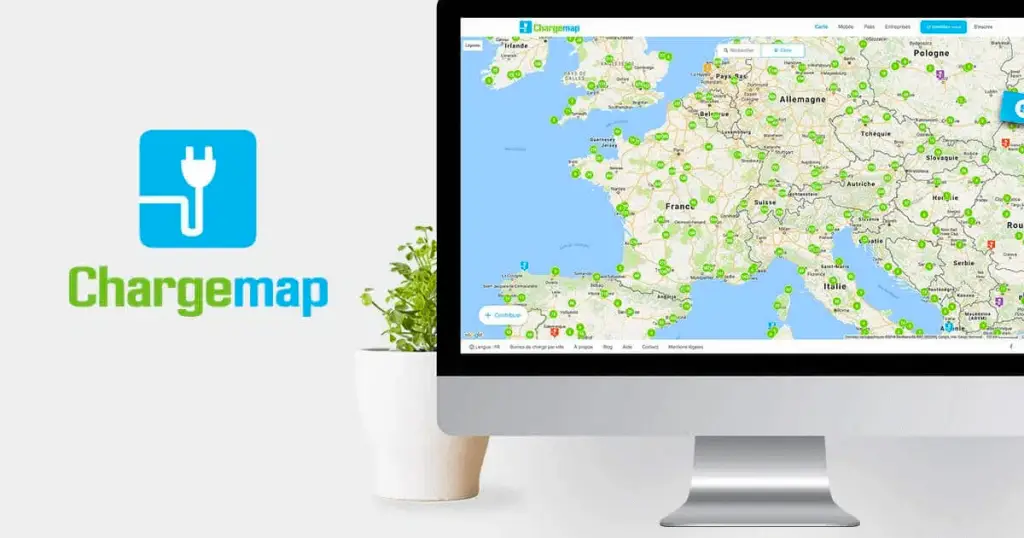
Created in 2011, ChargeMap makes it easier to recharging electric cars by making it possible to find a charging point and pay for recharging via its mobile application. It offers charging networks a way of making their infrastructure more profitable by improving the visibility of their stations to car drivers. electric cars. The company federates the largest community of electric car users in Europe.
Chargemap is an interactive map on which you can find all the public charging points in France and Europe. Chargemap is based on a map that can be modified by its users on the principle of the crowdsourcing. Users are therefore invited to contribute to the map by adding new terminals and leaving comments on their operating status. As a result, the information is not constantly up to date and is not always accurate. However, the Chargemap community is very active and the information is rapidly updated.
The Chargemap is also becoming more accurate. Increasingly, managers of networks of charging points are themselves contributing to the accuracy of the information. For example, Chargemap is not only able to display whether charging points are working, but also whether they are occupied.
In the Chargemap application, you can identify available charging points by a small green dot at the top right of the charging point icon, as explained below in the legend :


You can also filter the charging points displayed in Chargemap to show only fast charging points, for example, or those on motorway service areas, to save you a diversion on long journeys.
Now that you've found a terminal, how do you use it?
Accessing a charging point: charging cards for electric cars
Recharge your electric vehicle at a public charging point is still not as simple as going to the petrol pump.
You wish to go on holiday with your electric vehicle and the question of recharging arises. With a thermal vehicleWith an electric vehicle, it's not quite as simple as that. With an electric vehicle, it's not quite that simple.
Today, most pay stations do not have a bankcard reader. So you'll need to use an application on your smartphone or a mobile phone. reload card for electric vehicles. In reality, it's just a badge. RFID(the same as your travel card or your access card for work, for example).
The RFID badge is an access and payment card for recharging your electric vehicle.
Interoperable charging cards give you access to most of the charging points in France. When you bought your vehicle, you were probably given a card of this type.
If not, you can buy one on the Internet or in motorway service area shops.
Get the Beev Recharge Card!
Thanks to our card,recharge your electric car with ease at all the charging points available in Europe.
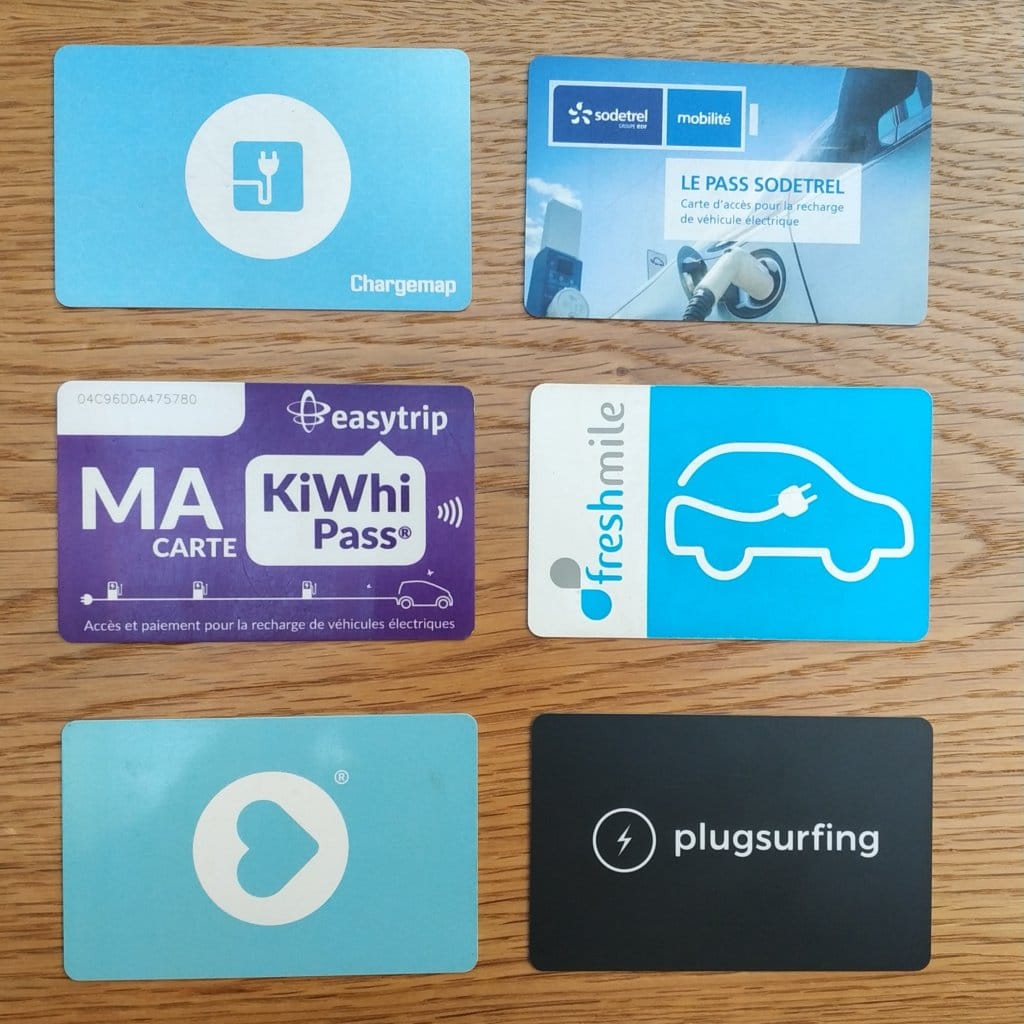
Tip: buy your RFID badge online in advance to avoid disappointment at the motorway service area if it's out of stock. It will be delivered directly to your home by post.
READ ALSO - How do you recharge your electric car on the motorway?
The problem of the number of networks that all have their own badges and the impossibility for users to pay simply with their credit card has given rise to mobility operators. Their ambition is to combine access to all the networks on a single badge. To achieve this, they sign agreements with the various transport networks. charging stations and often take a few centimes in commission for each top-up. The advantage is that you don't have to accumulate different cards and applications to access each network. All you need is one card to pay for your top-ups.
Today, the main mobility operatorswhich each issue a charging card for electric vehicles are :
To see which terminal the different badges give access to, you need to consult their respective interactive maps, which list all the accessible terminals.
How do you choose your mobility operator and therefore your RFID badge?
To choose the badge best suited to your needs, you need to start by comparing the prices of recharging at the charging points you will be using frequently. If you can't recharge your electric car at home and you use a network of charging points close to your home, remember to take the access badge for that network directly. There will then be no roaming charges when you use the hotspots. If you use a reload card for electric vehicles such as those mentioned earlier on a daily basis, this could cost you more than using the proprietary badge on your local network.
Advantages and disadvantages of each badge
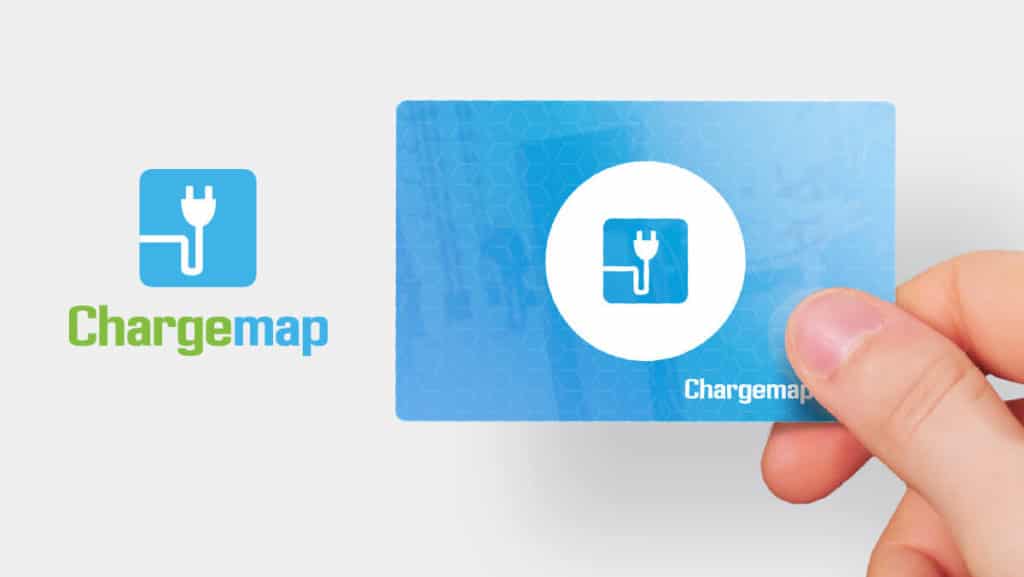
The Chargemap Pass
- Integration into the Chargemap application
- Chargemap community
- Simple, intuitive interface
- Assistance from 7 a.m. to 10 p.m.
- Price: €0.40/kWh
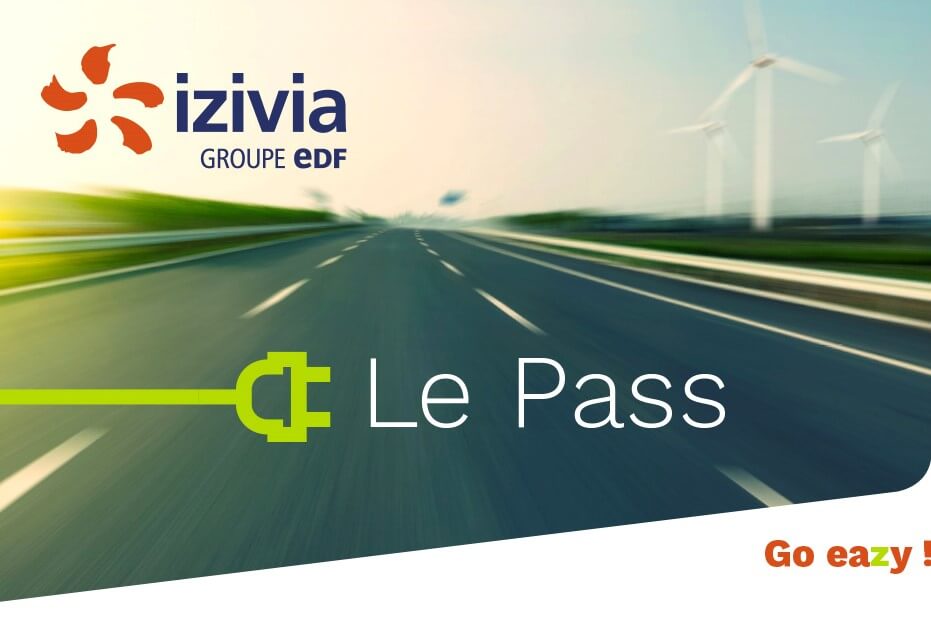
The Izivia Pass
- Best prices on the Corri-Door network
- Fixed fee for each charge launched outside the Corri-Door network
- Unreadable top-up price list
- Price: €0.46/kWh
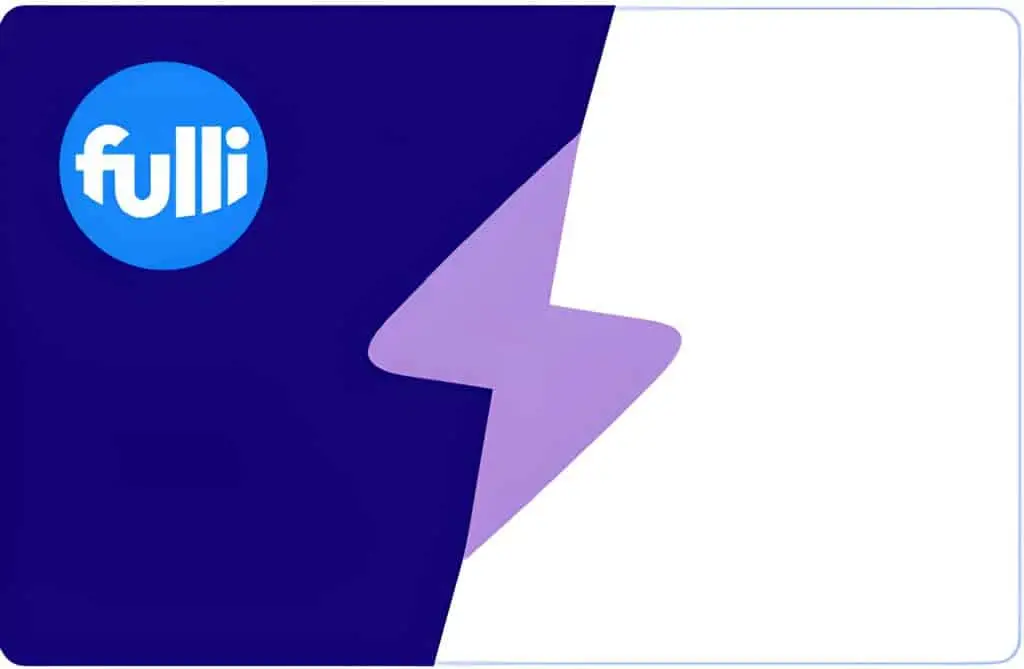
The Fulli electric recharging card
- A single subscription for electronic toll collection and electric vehicle charging
- Price: €0.35/acte + €0.70/kWh
- Fixed commission for each load launch
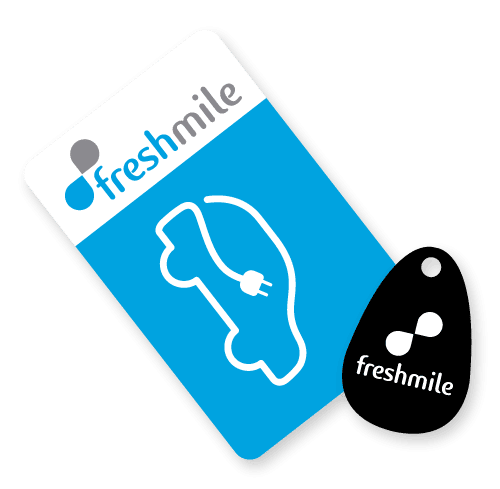
The Freshmile Pass
- Best prices on the Freshmile network
- Application that tracks the current load
- 24/7 support
- Badge price: €5 (without subscription)
For the Freshmile pass price list, go to here.

The Shell Recharge card
- Number of terminals available in Benelux and Germany
- Badge price: free (without subscription)
- 24/7 support
- Fixed commission for each load launch

The Plugsurfing top-up card
- Enable drivers to find and choose the best recharging point with information on price, compatibility and availability.
- Fixed fee for each charge launched
- High top-up prices
- Badge price: €9.95 (without subscription)

- Electric vehicles can be recharged at over 300,000 charging points in Europe
- Top-up card available to individuals and businesses
- Free, commission-free top-up card
Comparative charging costs for the two main fast-charging networks in France
| Méthode d'accès | TotalEnergies | IONITY |
|---|---|---|
|
By mobile application - blue card
|
0.79 €/ kWh + 0.20 €/min from 45 minutes connection to the terminal
|
0.69 €/kWh
|
|
Chargemap Pass
|
0.869 €/ kWh + 0.22 €/min from 45 minutes connection to the terminal
|
0.752 €/kWh
|
|
IZIVIA Pass
|
0.79/ kWh + €0.20/min from 45 minutes connection to the terminal + €1 service charge
|
0.684/kWh + €1 Service Charge
|
|
Fulli recharge card
|
0.79 €/ kWh + 0.20 €/min from 45 minutes connection to the terminal
|
0.684 €/kWh
|
|
Freshmile Pass
|
0.19 / kWh started + €0.30 /min
|
0.19€ / kWh started + 0.71€ /min
|
|
Shell Recharge Pass
|
0.40 / kWh + €0.40 /min
|
0.68 / kWh
|
|
Plugsurfing
|
0.64 €/ kWh + 0.10 €/hour
|
0.71 /kWh
|
|
Beev top-up card
|
0.81/kWh + €0.20/min from 45 minutes connection to the terminal + €0.60 service charge
|
0.71 /kWh + €0.60 service charge
|
As you can see from this comparison table, fares can sometimes vary by as much as double depending on the badge used. You should therefore pay close attention to the charges applied by the mobility operators, which you will find in their respective mobile applications.
No badge? Use the mobile application
If you don't have the right charging badge, don't worry, you can always use a mobile application. These days, most on-street charging points are connected to the Internet and can be easily accessed via a mobile application.
To do this, follow the instructions on the terminal to start recharging.
Using a charging point: the main steps to follow
Using a terminal is very simple. In most cases, it comes down to 3 steps:
With your RFID badge
- Badger
- Connect
- Load
To stop charging
- Badger
- Disconnect (replace the connector on the terminal if the cable is attached).

If you do not have a recharge card for electric vehicleYou can also use a mobile application. You will then need to find the terminal on a map or scan a pictogram (QR code) on the terminal to access it.
With the :
- Find the terminal
- Choose the connector
- Start the load
To stop charging
- Press "Stop charging" in the application
- Disconnect (replace the connector on the terminal if the cable is attached)
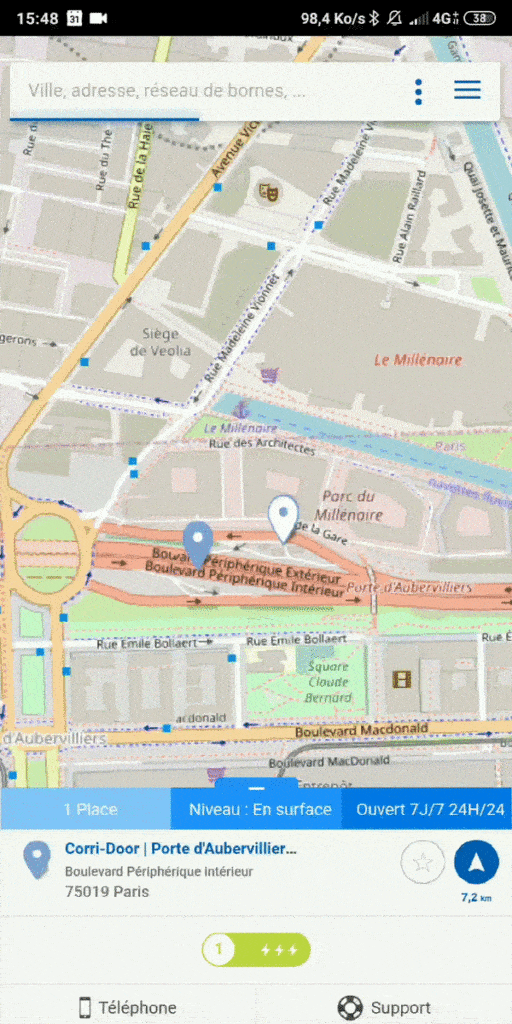
Tip: even if you don't have a Chargemap Pass badge, the application is very useful for identifying charging points and providing you with all the information you need to use them. What's more, you can read comments from the community on the state of operation of the charging point.
You can check the status of your top-up directly from the website or the mobile application. This will allow you to track the cost of your top-up, the instantaneous power and your consumption. At the end of your top-up, you'll find a summary of your top-up and the associated invoice.

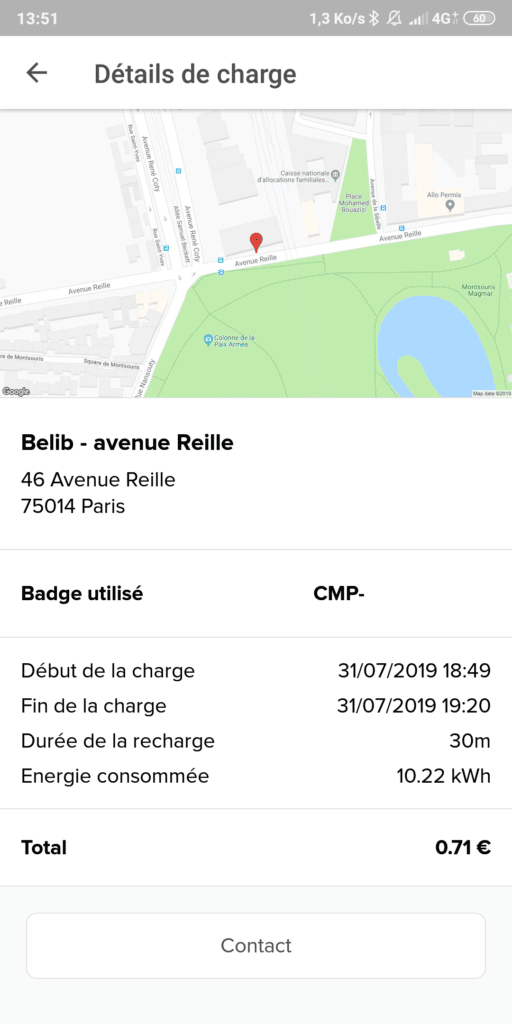
The future of charging is Plug & Charge!
Since 2018, the charging stations European Fastned launched the Self-loading which makes recharging electric vehicles much simpler. No cards or applications are needed, just plug your vehicle into the charging point. The vehicle will then automatically identify itself to the station and start charging. You will be billed directly to your bank account at the end of the charge, according to your consumption. The Autocharge function is available on all vehicles fitted with a CCS socket, such as the Peugeot e-208the Volkswagen ID.3 or the Audi e-tron. It is not yet available in CHAdeMO and Type 2.
In fact, Tesla has already adapted Plug & Charge technology on its Tesla Superchargers. While these charging stations are available to all makes of electric cars, only the Tesla vehicles can use Plug & Charge.
For more information, take a look at our video on Tesla Superchargers. More recently, the IONITY network has opened up this functionality to its users.
READ ALSO - Electric cars in 2023: all models soon on the road.
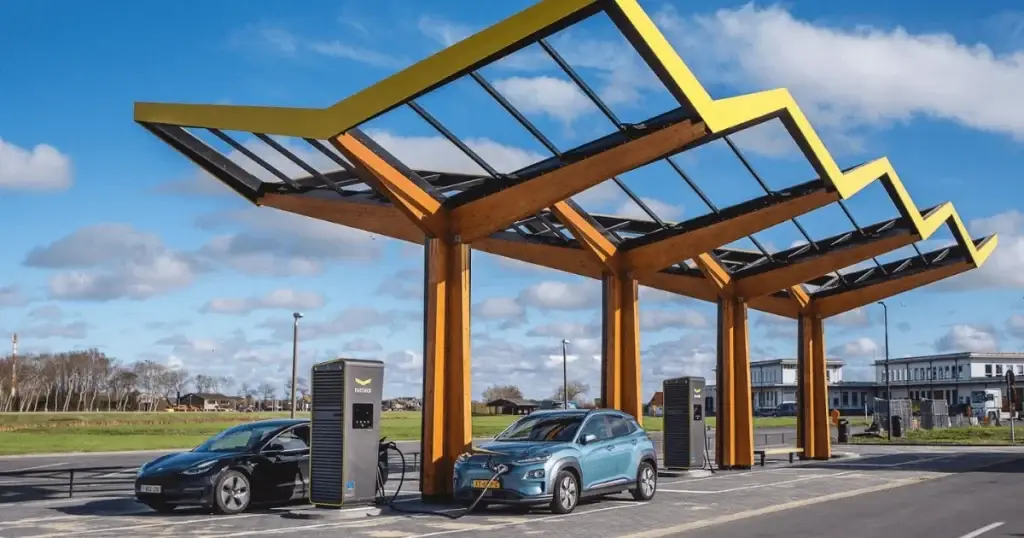
Access to charging stations by credit card is still the simplest way, pending the democratisation of "plug & charge", and networks are increasingly equipping themselves in the same way as the Normandy network. HEAD OFFICE 27 or the OuestCharge, comprising 130 and 172 kiosks respectively, each equipped with a credit card reader. The user experience is comparable to that of a petrol station. Motorway fast-charging stations are also rapidly being equipped with blue card terminals to make life easier for electric vehicle drivers.
In a nutshell
Although today, to recharge at most public charging points, you need to use a reload card Whether it comes with your vehicle or you've bought one, more and more options are coming along to make life easier. So, rather than collecting top-up cards, you can now have just one that will give you access to the vast majority of networks, such as the BS top-up card. If you come across an incompatible terminal, chances are it has a mobile application or other means of access indicated on it. Like the Normandy HEAD OFFICE 27More and more networks are equipping themselves with credit card readers so that you can pay simply. And tomorrow, you won't even need to identify yourself, you'll just have to plug in the car, which will then communicate with the charger to start charging and bill you accordingly.
If you would like to find out more aboutsupport for the installation of charging points for private customers in 2024For more information, see our article on this subject.
READ ALSO - When should you recharge your electric car?
